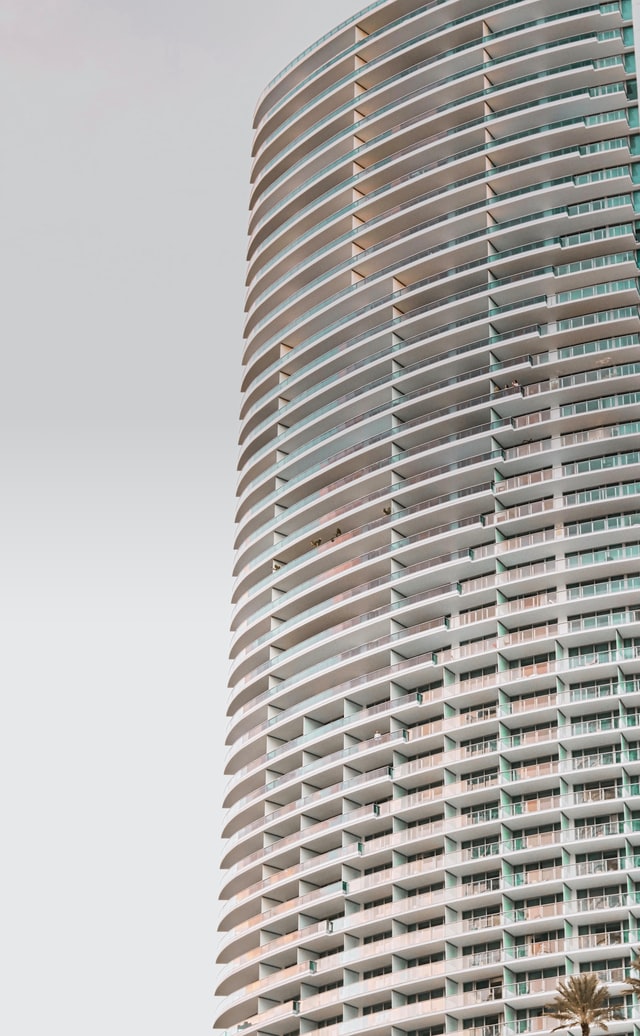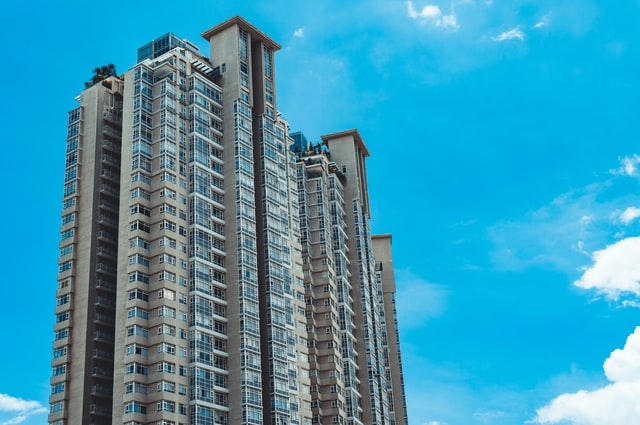A society’s values and preoccupations for a particular place and time tend to be depicted in its architecture (Levittown? the Golden Arches?). It would pretty much have to be that way — because while individual interests build buildings, they cannot break ground without the surrounding community’s say-so. But, of course, the way the community confers its say-so — the zoning/permitting process — is political, and comes with its share of corruption and dysfunction. The upshot of this is that, well, sometimes some truly bizarre things get built.
The Empire State Building may or may not have been a sensible thing to build; we do know that it was called the “Empty State Building” for its first decade or so. Be that as it may, its design is recognizable to us; it was built the way a child would build a tall tower of wooden blocks: gracefully narrowing as it boldly thrusts upward from a strong base. The structure is reminiscent of a schematic of “the economic structure” that was devised many years ago by Georgist educator Bob Clancy. A healthy economy starts out on a wide, strong, labor-intensive base of agriculture, which supports the manufacturing sector, and a relatively small service sector at the top. A pathological economy, Clancy reasoned, denies workers access to the land (in agriculture they are replaced by ever-larger machines). They are crowded into the manufacturing, and then into a prematurely expanded service sector. “The economy is unstable,” Clancy wrote, “and may topple.”

Today, technology has given us much greater flexibility in land development. The design of tall buildings, and our skyscrapers no longer have to depend on kids’-block physics for their shape. Still, it seems to me that the new luxury condo tower at 41 East 22nd Street in Manhattan is — aesthetically, morally, spiritually — pushing it. The thing expands to both East and West as it soars, so that the premium-priced upper floors actually offer more floor area than those below. It’s to offer 54 stories of luxury housing (starting at the 6th level), and rise to a total height of 777 feet. One trusts, I suppose, that this building won’t be physically unstable, but from the street level, it is likely to induce vertigo. The architects seem aware of this, for while the skyscraper shard is encased in glass, the first five stories will have a facade of masonry, and will continue the sight line of the existing five-story buildings along 22nd Street.
I think that says a great deal. The architects felt a need to visually preserve the scale of the existing neighborhood, while providing their clients with the requisite hyperprofitable bevy of $2+ million saleable units, in the sky, encased in unassailable glass.
In his 1932 book The Disappearing City, Frank Lloyd Wright noted the role of political economy in the development of architecture:
Henry George clearly enough showed us the simple basis of poverty in human society. And some organic solution of this land problem is not only needed, it is imperative. What hope for stimulating a great architecture while land holds the improvements instead of the improvements holding the land? For an organic economic structure this is wrong end around, and all architecture is only for the landlord.
Certainly the struggle for “affordable housing” in New York City gives a constant reminder of the immense wedge, which, as Henry George put it, is pushed “not underneath society, but through society. Those who are above the point of separation are elevated, but those who are below are crushed down.” The design of 41 East 22nd Street is that wedge. It places the facade at the level of the sensible, normal, “affordable” buildings that had been there all along, creating the illusion that the luxury tower doesn’t even rest on the earth, but transports its lucky residents straight into the sky. This is not, to my mind, the sort of structure that Frank Lloyd Wright would call “organic.”
If anyone wonders what zoning regulations have to say about this building — well, that is a bit mysterious. But, it has been permitted; demolition has already begun at the site. It is zoned C6-4M. The zoning designation C6-4 allows a base floor/area ratio of 10, which would allow a building of a bit over 74,000 square feet on this site — but this building will have more than four times that much floor area. It’s not quite clear what the “M” designation provides; it identifies the site as part of a Special District, which presumably gives it some additional development rights. It’s likely that this development has maxed out every iota of “incentive zoning” bonuses available to it. If so, then part of its deal would likely be the provision of a mandated number (20% of its residential floor space) of “affordable” units either built or “preserved”, somewhere within a discreet half-mile of this building.
In the end, it doesn’t matter. According to newyorkyimby.com (Yes! in My Back Yard), a website that tracks this sort of thing, “the height project was anticipated.” This is the kind of residential development that gets built in New York City these days. People who have leases to affordable apartments struggle to keep them; the less-fortunate workers in Manhattan live way the heck out in the Outer Boroughs. And the race is on to satisfy the (somehow) booming demand for over-the-top luxurious residences in Manhattan.
I’d suggest caution. Things are getting top-heavy.



